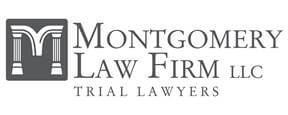The joy of the birth of a child may quickly turn to uncertainty and concern for parents when birth injuries occur. Due to mistakes made by health care professionals during pregnancy or the labor and delivery process, infants may suffer injuries. Such harm may cause conditions, such as cerebral palsy, with potentially lifelong effects.
A result of damage to the brain or abnormal brain development, cerebral palsy may affect people’s posture, balance and movement.
The symptoms of cerebral palsy
Depending on the type and severity of their conditions, people may experience a range of symptoms of cerebral palsy. According to the Eunice Kennedy Shriver National Institute of Child Health and Human Development, people with cerebral palsy may experience ataxia or spasticity, as well as tremors. Weakness in the arms or legs and difficulties with precise movements may also occur with forms of cerebral palsy.
Some people with cerebral palsy experience little or no disruption to their lives because of the symptoms of their conditions. Others, however, require adaptive equipment and lifelong care.
The causes of cerebral palsy
According to the Centers for Disease Control and Prevention, certain risk factors may contribute to causing this condition. Some of the most common causes of cerebral palsy include the following:
- Placental detachment, uterine rupture or umbilical cord complications
- Maternal thyroid or seizure conditions
- Maternal infections, such as rubella or chickenpox
- Multiple births or premature births
- Low birthweight
- Untreated jaundice or kernicterus
Appropriate care by physicians during pregnancy and labor and delivery may help eliminate many of these risk factors. Birth injuries may put infants’ lives on paths their parents never imagined. However, options exist for seeking compensation and securing financial security for their futures.
